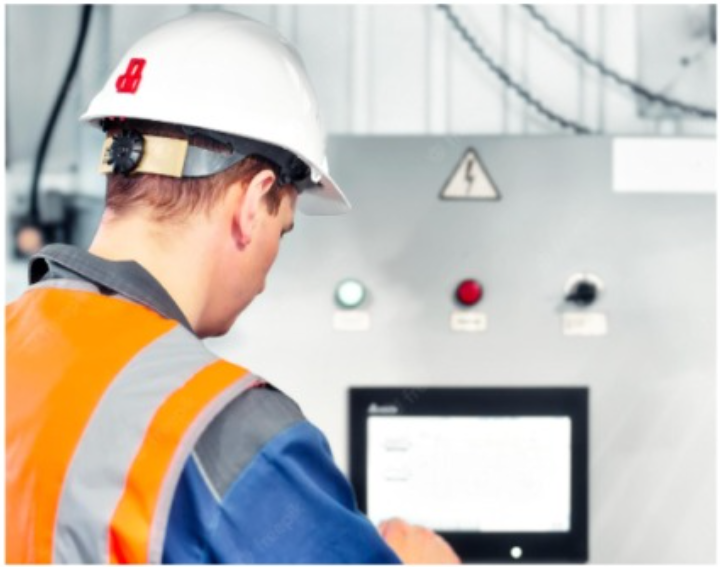F.A.Q's : Gas Detection Systems
1: How much area does one sensor cover?
Ans: 200 - 300 sq. feet. However this is not a thumb rule as nobody can predict the direction in which the gas will flow after a leak occurs. The number of sensors have to be increased incase the area is open / very well ventilated space.
2: What is the life of the sensor?
Ans: Semiconductor based - 10 years, Electrochemical based - Max. 2 years, Galvanic Cell based - Max. 2 years. Sensor life may vary depending on parameters like : Gas Exposure time, temperature, pressure, humidity etc...
3: What is the maximum distance between controller unit and sensor?
Ans: 250 meters.
4: How to decide the location of the sensor?
Ans: Sensors must be mounted closest to the suspected point of leaks - master valves, joints etc...
5: What is the height at which the sensor has to be mounted?
Ans: If the gas is heavier than air - install sensors at a height of 2 feet from the floor. Similarly if the gas is lighter than air, then install the sensor on top (within 1 meter) of the suspected point of leak.
6: What is the calibration frequency of gas detection system?
Ans: 1 Year
7: Is it possible to get a remote indication of gas leaks?
Ans:Yes, an Annunciator Panel or the SMS module can be connected to any controller units which will send SMS to upto 10 users on detecting gas leaks.
8: Does the system connect to DCS or SCADA or PLC?
Ans: Yes, all our controller units can be connected.
9:Is it possible to operate other devices on detecting gas leaks?
Ans: Yes. All our controller units are equipped with potential free contact which can enable this feature.
10:What does High, Med and Low signify?
Ans: High (red LED) means the level at which your alarm is set. Medium (yellow LED) is set to 50% of High by default and Low (green LED) is set to 50% of Medium by default. Alarm is always set at High level only.
Enquiry Form

